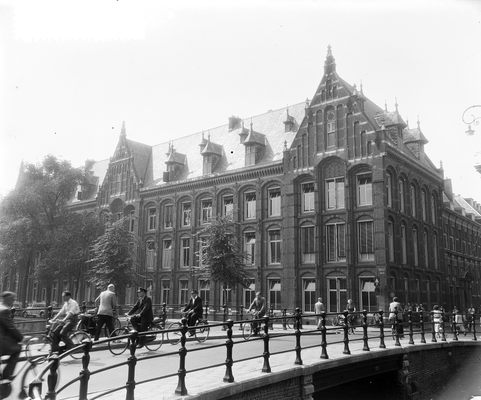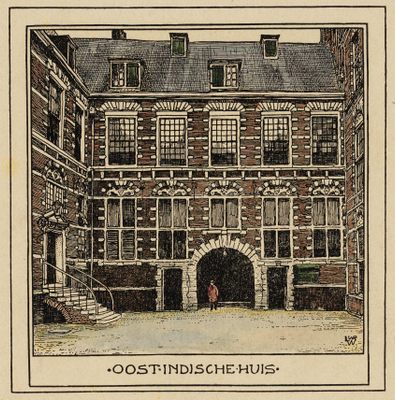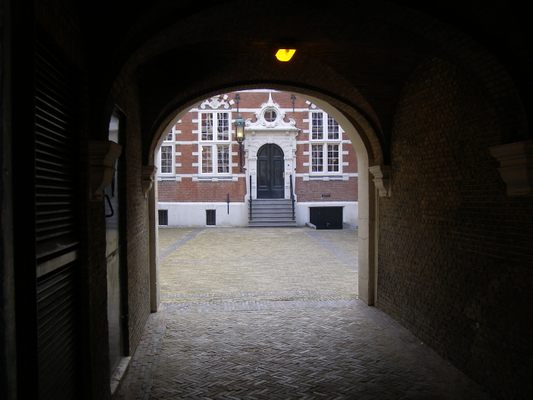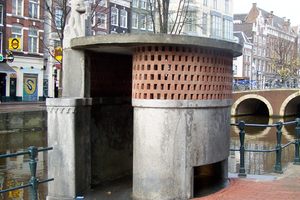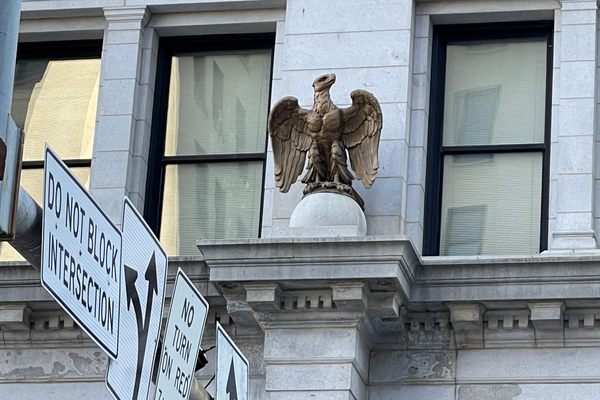About
As with most big cities in Europe, the Dutch capital of Amsterdam is packed to the gunnels with historic buildings. Most visitors pass by these bastions of history without even knowing. One such building is the imposing Oost-Indisch Huis.
Today part of the University of Amsterdam’s Faculty of Humanities, this building once served as the headquarters of the Vereenigde Oostindische Compagnie (VOC). Also known as the Dutch East India Company, the VOC was established in 1602 CE as the first formally listed public company and megacorporation in history.
While its British counterpart was more well-known, the VOC was a larger conglomerate and had many important trade ports across Asia during the Age of Sail. These areas were heavily colonized and exploited, as the company engaged in the slave trade and environmental destruction. It's believed that the VOC was largely to blame for the extinction of the dodo in Mauritius.
Its problematic history aside, the Oost-Indisch Huis, also known as the Bushuis, is quite an impressive building that dates back to 1606. It was constructed to expand the adjacent Bushuis armory, which the East India Company took over in 1603, as it lacked meeting and office space. It underwent several extensions over the following decades, growing into a multifunctional complex that served as the company’s office and warehouse.
The regents of the VOC known as the "Heeren XVII" (“Lords Seventeen”) held their meetings in the Oost-Indisch Huis. The grand meeting chamber built for this purpose was restored to its heyday state, along with the building itself in 1976. The company also held auctions and recruited crew for their merchant ships inside the building.
The architectural aspects of the Oost-Indisch Huis are also impressive. The facade is designed in the Amsterdam Renaissance style, often attributed to the architect Hendrick de Keyser. Following the disbanding of the VOC, the building was used as the seat of the Batavian Republic’s colonial government until 1808.
The building has been designated as a rijksmonument, or National Monument, still standing tall and proud to this day.
Related Tags
Know Before You Go
Less than a 15-minute walk from the Amsterdam Centraal station.
Community Contributors
Added By
Published
December 18, 2020



